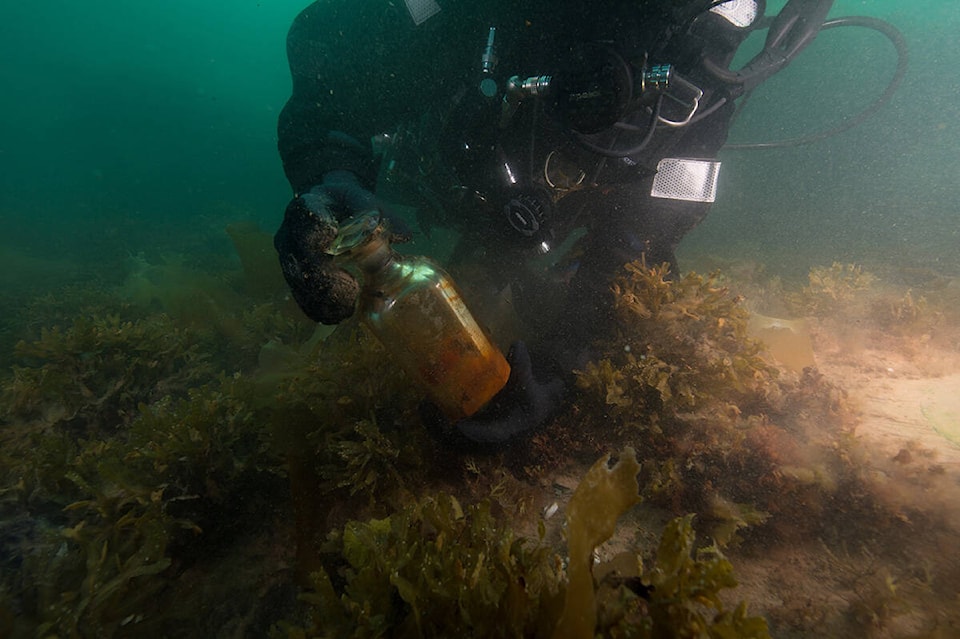National Inuit-led historic sites are to be established near the wrecks of the HMS Erebus and HMS Terror, where the famous Franklin Expedition ships got stuck in the ice in 1846.
This is thanks to a $23 million ten-year Inuit Impact and Benefit Agreement the federal government signed with the Kitikmeot Inuit Association in March.
The Kitikmeot Inuit Association and the Nattilik Heritage Society in Gjoa Haven will be receiving the funding and will be cooperating with Parks Canada to manage and operate the sites, giving advice on site management. Inuit will also take part in on-site interpretation as to how expedition members might have interacted with Inuit over 170 years ago.
“Now, with the signing of this progressive and innovative agreement, the Kitikmeot Inuit will secure the ongoing conservation and management of the Wrecks of HMS Erebus and HMS Terror National Historic Site,” said federal environment and climate change minister and minister responsible for Parks Canada Steven Guilbeault. The federal announcement also touted economic benefits for the communities of Gjoa Haven and Cambridge Bay.
Under the Nunavut Agreement, an Inuit Impact and Benefit Agreement must be negotiated with a designated Inuit organization before establishing any protected areas within Nunavut.
“The establishment of this first operational national historic site of Canada in Nunavut will share the story of the Franklin Expedition and the fate of its sailors across Canada and internationally,” said Robert Greenley, president of the Kitikmeot Inuit Association, adding it both serve as a window to the past and be a gateway for tourism.
“I am extremely pleased to have been part of the signing of this historic agreement.”
The first wreck of the Franklin Expedition, HMS Erebus, was discovered in 2014 in Wilmot and Crompton Bay. Two years later the HMS Terror was located, in Terror Bay.
On-site archaeological efforts were paused due to the Covid-19 pandemic in 2020 and resumed in May 2022.
The HMS Erebus is named after the ancient Greek deity of darkness, the offspring of Chaos.
